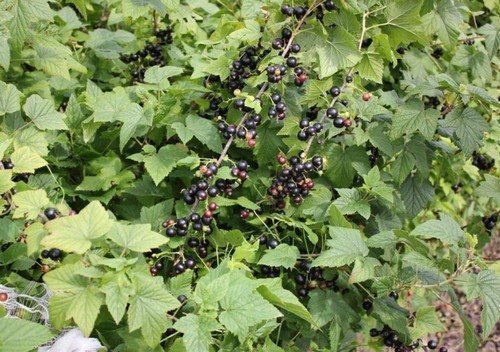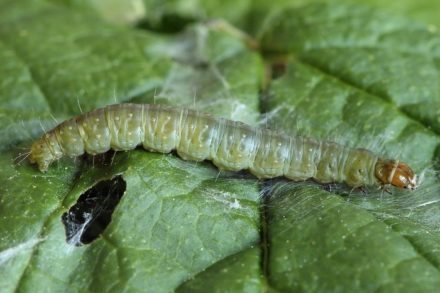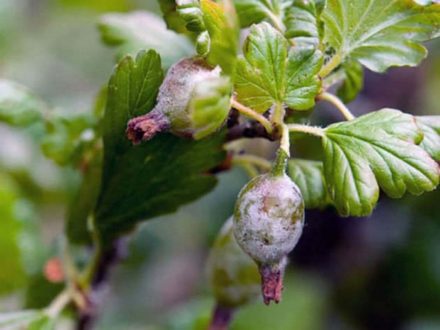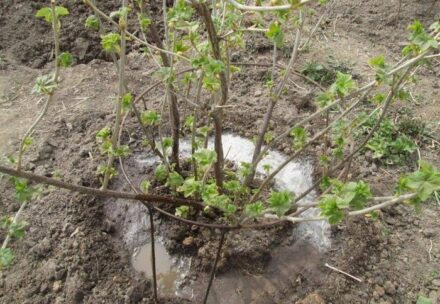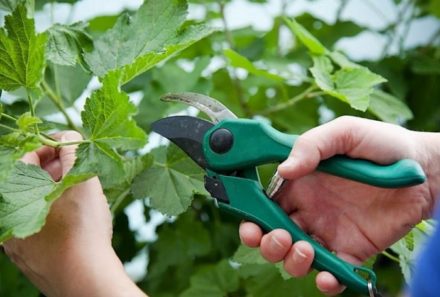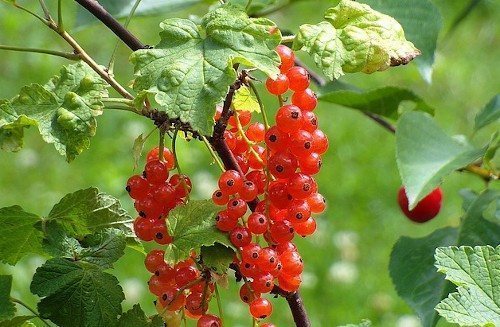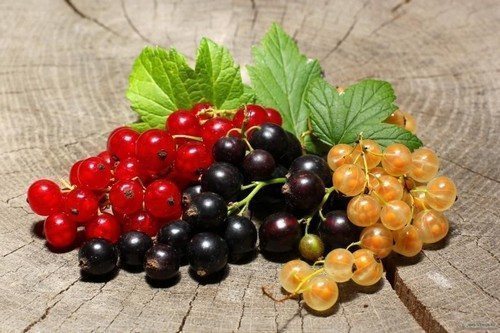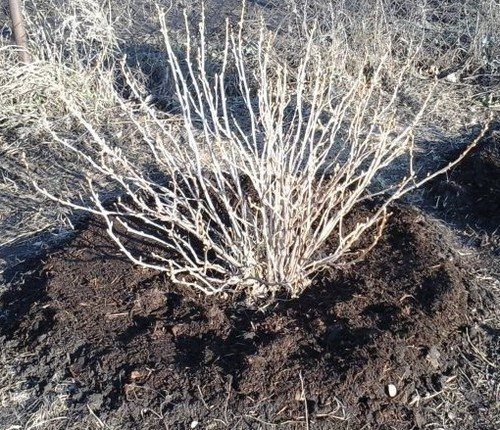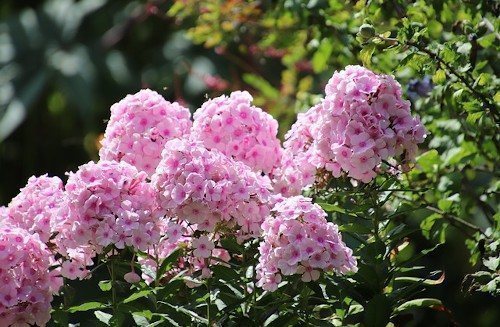Currant bud mite is a microscopic insect that affects black currants, but red and white can also be infected with this insect. Despite its small size, the bud mite is very harmful to the bush. Settling in the buds, the insect actively reproduces and parasitizes the plant. The currant has a reduced amount of foliage and fruit, and if there are a lot of insects, the bush may die altogether.
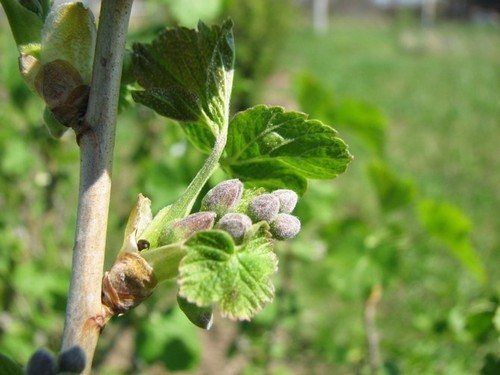
It is easy to identify infected plants: the buds in which the currant mite reproduces are abnormally large, as if they are swollen. What control measures exist?
Prevention
This is the most important and effective method of controlling the currant mite, because plants are infected through seedlings. Therefore, when buying new planting material, you need to carefully examine the leaves and buds for damage and enlargement.,
Garlic can be planted between the rows of currants: the substances contained in the green garlic repel this harmful insect.
Pruning branches
In the fall, gardeners carry out various agricultural activities. It is necessary to carefully inspect each bush for the presence or absence of pests. If swollen buds are noticeable, they must be immediately cut off with pruning shears.
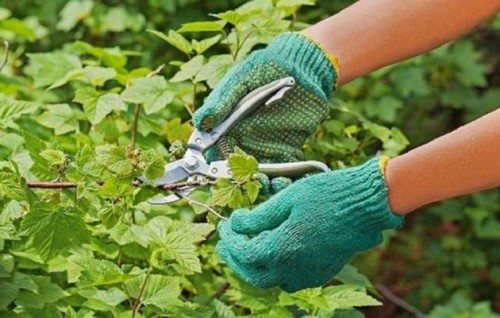
But if there are a lot of infected branches on the plant, then you will have to cut them all to the ground. In spring, the bush will produce new shoots, the plant will recover and rejuvenate.Cut damaged buds or branches must be burned to avoid infecting other plants.
Treatment with chemicals
Treatment of currants with chemicals is carried out in 3 stages:
- The first treatment is done in the spring, when the air temperature is no more than +18 degrees. During these events, larvae that have overwintered and are preparing to reproduce are destroyed.
- The second treatment is done when leaves appear on the bush and the air temperature has risen above +20 degrees.
- The third treatment is carried out after flowering in order to exclude larvae that may have survived after previous treatments.
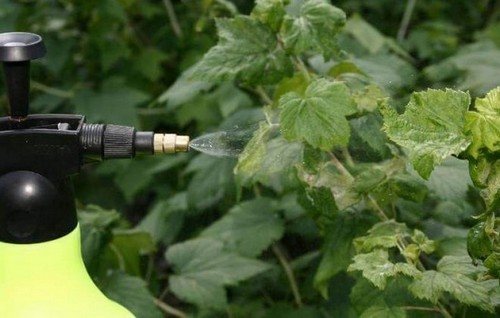
To combat the currant mite, the following drugs are used: Fufanon, Kontosom, Movento, Oberon and others.
Pouring boiling water
At the beginning of spring, even before the buds swell, currants can be treated with hot water (80-85 degrees). To do this, the bush is first tied and the branches and root system are poured in a circle at the rate of approximately 5 liters per bush. Such activities will destroy the larvae dormant after winter, as well as “invigorate” the plant and strengthen its immunity. Experienced gardeners claim that after hot dousing, the yield of the bush increases.
Treatment with garlic and onion infusion
The tick is very afraid of garlic and onions, so many gardeners treat shrubs with them.
To prepare garlic infusion, you need to take peeled garlic (200 g), grind it on a grater or using meat grinders and pour 10 liters of warm water. After 3 hours, the infusion is ready.
Onion infusion is prepared according to the same principle.Onion peel (300 g) is poured into 10 liters of warm water and left for 3-4 hours to infuse.
These methods are not only effective, but also safe for health and the environment.
In order for the garden to be healthy and bear fruit well, you need to carefully monitor and protect it from pests. The currant mite is very dangerous for the plant, and if it is not destroyed in time, it can infect the entire currant and gooseberry plantation.


